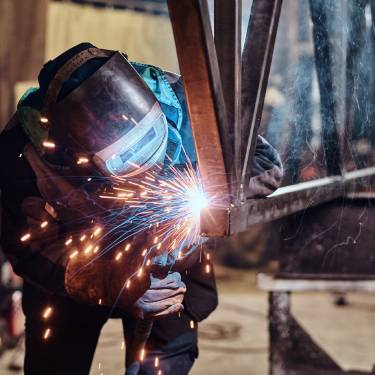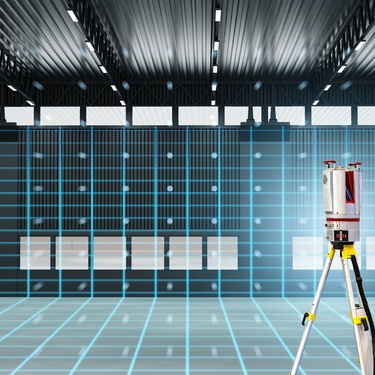
Welding is a crucial skill, whether you’re a student just starting, a professional welder, or working in an industrial setting. However, it also comes with significant risks that necessitate strict adherence to safety protocols. Understanding and implementing these safety measures can mean the difference between successful welding and a dangerous accident. We’re going to discuss essential safety tools and rules when learning to weld to highlight the importance of following industry standards.
Essential Tools for Safe Welding
When it comes to welding, having the right tools isn’t just about efficiency; it’s about safety. Helmets are a must, as they protect your eyes and face from harmful UV radiation and flying debris. Gloves are equally important and shield your hands from burns and electric shocks. Welding screens protect you and those around you by containing sparks and UV light within a specific area.
Basic Safety Rules for Welding
Safety rules in welding are non-negotiable, and industry professionals must follow them meticulously. Always make sure your equipment is in good working condition before you start.
When working in confined spaces, ensure proper ventilation to avoid inhaling toxic fumes. Electrical hazards are also a major concern, so always check that your work area is dry and free from any conductive materials.
Safety Practices for Professional Environments
Maintaining a clean workspace is one of the most basic yet effective safety practices. Clutter can lead to accidents, so always keep your area organized.
Proper ventilation is crucial to avoid inhaling harmful fumes. Personal protective equipment (PPE) such as helmets, gloves, and protective clothing are a must to minimize exposure to hazards.
Advanced Welding Safety Considerations
When it comes to advanced welding techniques in industrial piping, safety becomes even more critical. The complexity of these techniques often involves higher temperatures and more hazardous materials.
Consequently, professionals in the pipeline industry must adhere to stringent safety protocols to prevent accidents. This includes using specialized PPE and ensuring all professionals adhere to safety measures.
Safety in welding is not just a guideline; it’s a necessity. Whether you’re learning to weld or are a seasoned professional, adhering to safety rules and using the right tools is crucial. Implementing these best practices can significantly reduce the risk of accidents and create a safer working environment.



















